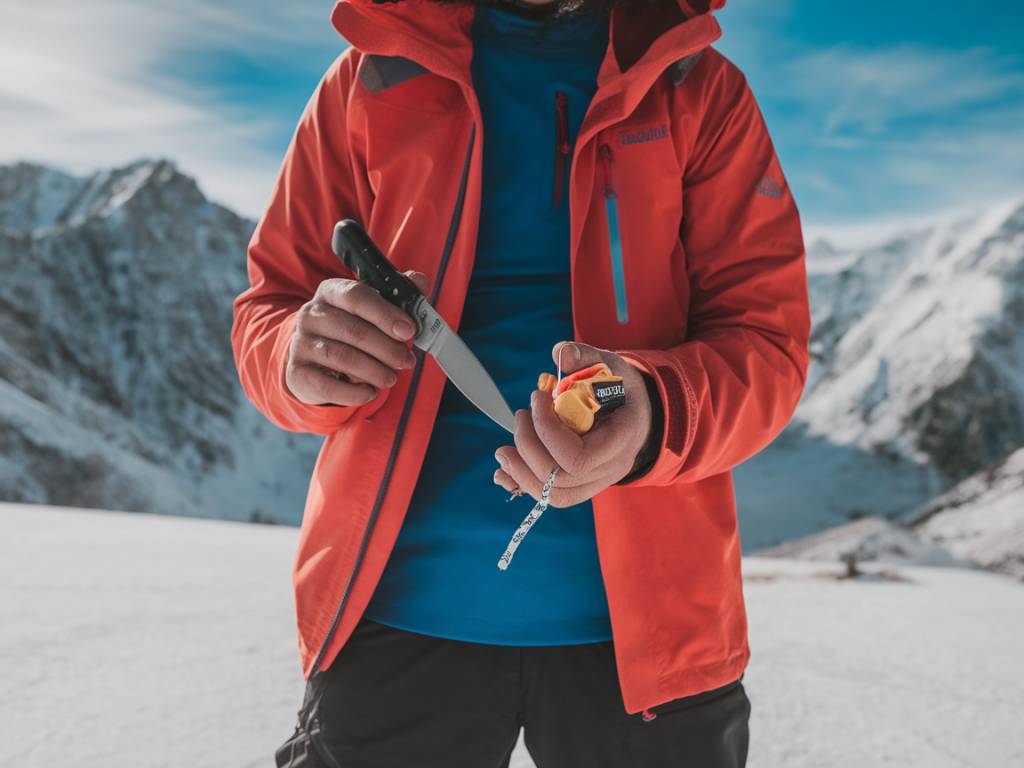
Essential gear for winter adventure survival
Winter adventure survival is a thrilling yet daunting topic that requires ample preparation and the right gear. As someone who has been in the thick of many winter escapades, I’ve come to realize how crucial it is to be well-prepared. Whether you’re an experienced mountaineer or a curious beginner, having the right equipment can make all the difference. Let’s delve into the essential gear for winter adventure survival to ensure a safe and enjoyable experience.
Clothing and Layering: Your First Line of Defense
In winter survival adventures, staying warm and dry is paramount. The key to achieving this is through proper clothing and layering. Here are the layers you’ll need:
- Base Layer: The primary function of the base layer is moisture management. Look for materials like merino wool or synthetic fabrics like polyester, which wick sweat away from your body. Avoid cotton, as it retains moisture and could lead to hypothermia.
- Insulating Layer: This layer traps heat and keeps you warm. Down jackets are incredibly warm and lightweight, but they lose their insulating capabilities when wet. Synthetic insulation, on the other hand, retains heat even when damp.
- Outer Layer: Also known as the shell layer, it protects against wind, rain, and snow. Waterproof and breathable materials like Gore-Tex are ideal for ensuring you stay dry and comfortable.
Footwear: Keeping Your Feet Warm and Dry
Your choice of footwear can make or break your winter adventure. Cold, wet feet can spell disaster, so choose wisely:
- Winter Boots: Insulated and waterproof boots are essential. Look for options with a sturdy sole for grip and insulation rated for sub-zero temperatures.
- Gaiters: These cover the gap between your boots and your pants, preventing snow and water from entering your boots. They add an extra layer of protection in snowy conditions.
- Wool Socks: Wool is an excellent insulator and has moisture-wicking properties. Pack extra pairs to keep your feet dry and warm.
Navigation Tools: Finding Your Way
In the wilderness, reliable navigation tools are critical. Technology can fail, so it’s wise to carry a combination of modern gadgets and traditional tools:
- GPS Device: A handheld GPS device can provide pinpoint accuracy in location tracking. Make sure it’s fully charged and bring extra batteries.
- Compass and Map: A must-have for traditional navigation. Learning how to use a compass and read a topographic map is a skill every adventurer should master.
- Satellite Messenger: In remote areas with no cellular service, a satellite messenger can send SOS signals and keep you connected.
Emergency and Safety Gear: Be Prepared for the Unexpected
Winter conditions can be unpredictable. Packing the right emergency gear can be lifesaving:
- First Aid Kit: A comprehensive first aid kit tailored for winter injuries (frostbite, hypothermia) is indispensable. Include items like adhesive bandages, antiseptic wipes, and thermal blankets.
- Survival Blanket: Lightweight and compact, survival blankets reflect body heat and are essential for emergency situations.
- Fire Starter Kit: Cold and wet conditions make it challenging to start a fire. Waterproof matches, a stormproof lighter, and fire-starting tinder should always be in your emergency kit.
- Multi-Tool: A versatile multi-tool can assist with numerous tasks, from cutting rope to making repairs.
Food and Hydration: Fueling Your Adventure
Maintaining energy and staying hydrated are crucial for enduring harsh winter conditions:
- High-Calorie Snacks: Think nuts, energy bars, and dried fruits. These provide quick energy and are easy to pack.
- Insulated Water Bottle: Prevents your water from freezing. Consider using an insulated bottle sleeve for added protection.
- Portable Stove: Boiling snow for drinking water or making a hot meal is invaluable. A compact, reliable stove with fuel canisters will serve you well.
Shelter: Your Sanctuary in the Wild
Having a reliable shelter can protect you from the elements and provide much-needed rest:
- Four-Season Tent: Designed to withstand harsh winter conditions, these tents are built with stronger materials and better insulation.
- Sleeping Bag: Opt for a sleeping bag rated well below the lowest temperatures you expect to encounter. Down-filled bags are exceptionally warm but can lose insulating power if wet; synthetic options are a safer bet if moisture is a concern.
- Sleeping Pad: Provides insulation from the cold ground. An insulated, inflatable pad with a high R-value (a measure of thermal resistance) will keep you warm and comfortable.
Lighting: Brightening the Dark Winter Nights
Winter’s shorter days mean more time spent in darkness. Adequate lighting is essential for safety and morale:
- Headlamp: A high-quality, waterproof headlamp with adjustable brightness is crucial. Bring extra batteries to ensure you’re never left in the dark.
- Lantern: A compact, lightweight lantern can illuminate your campsite and make it easier to find your gear.
- Backup Lights: Extra flashlights or rechargeable light sources can serve as critical backups.
Communication Devices: Staying Connected
Staying connected with the outside world is vital, especially in emergency situations:
- Two-Way Radio: Useful for communication within your group or to send distress signals. Ensure compatibility and adequate range for your needs.
- Satellite Phone: For areas without cell service, a satellite phone can be a reliable lifeline.
- Whistle: A simple but effective tool for alerting others to your location in case of an emergency. Make sure it’s loud and can be heard over long distances.
Personal Care Items: Comfort and Hygiene
Even in harsh conditions, personal care is important for maintaining morale and health:
- Lip Balm and Moisturizer: Cold, dry air can chap lips and skin. Use products designed for extreme weather to keep your skin protected.
- Sunscreen: UV rays can be more intense at higher altitudes and reflective snowy surfaces. Apply a broad-spectrum sunscreen to exposed skin.
- Hand Sanitizer: Essential for maintaining hygiene when water for washing is scarce.
By carefully selecting and packing the right gear for winter adventure survival, you can ensure a safer and more enjoyable experience in the great outdoors. Whether braving the frosty depths of a forest or scaling snowy peaks, being well-prepared is the ultimate key to success.

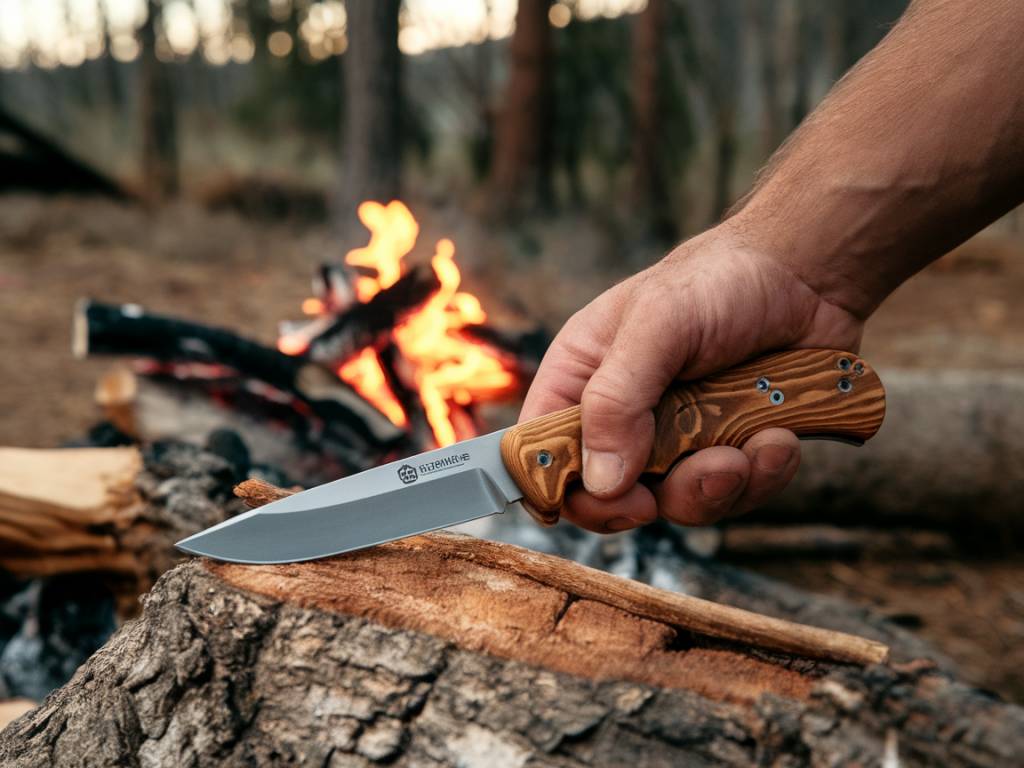 Best survival knives for outdoor adventures
Best survival knives for outdoor adventures 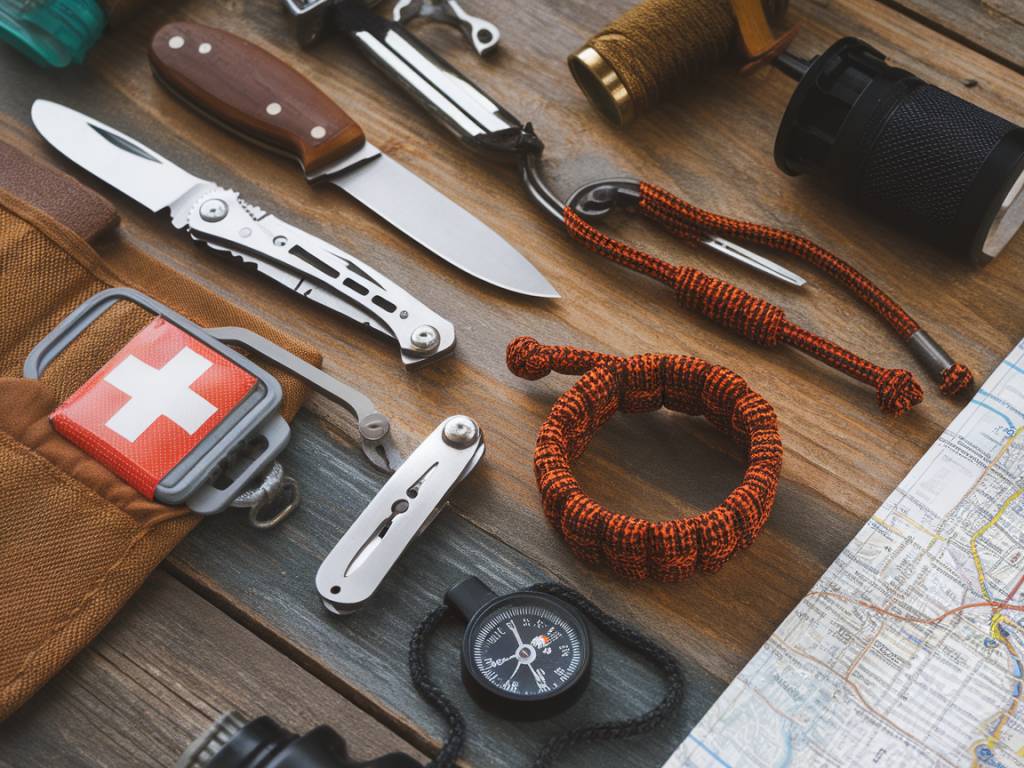 10 must-have survival tools for any adventure
10 must-have survival tools for any adventure  Wild foraging: identifying edible plants in the wilderness
Wild foraging: identifying edible plants in the wilderness 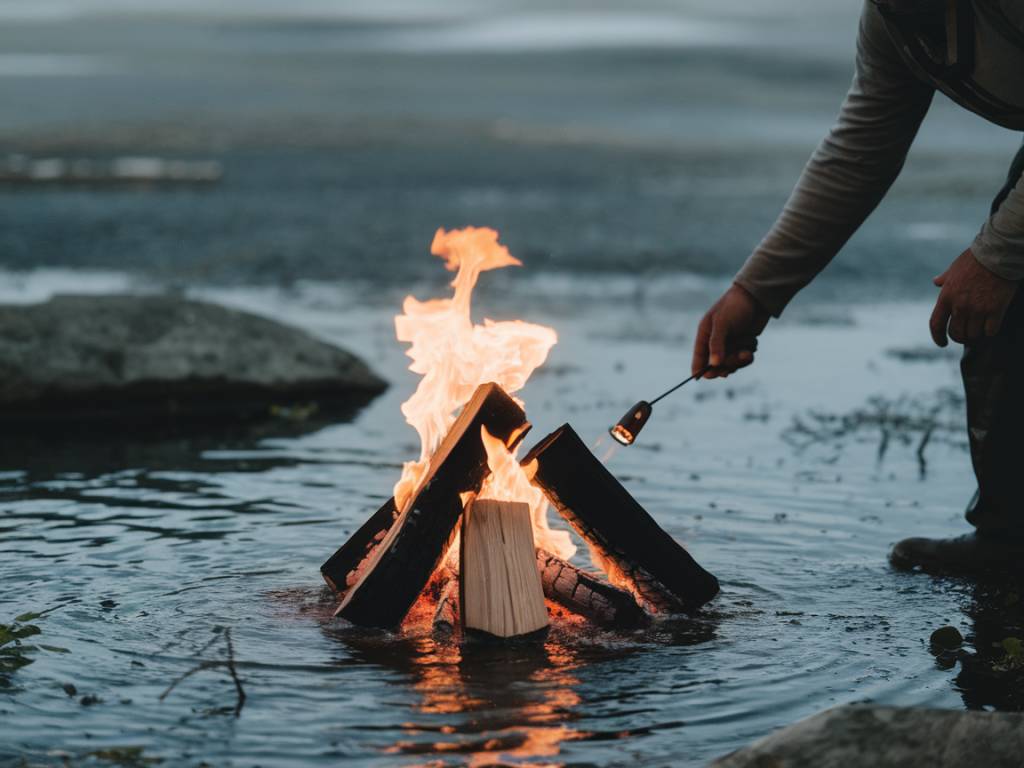 How to make a fire in any weather conditions
How to make a fire in any weather conditions 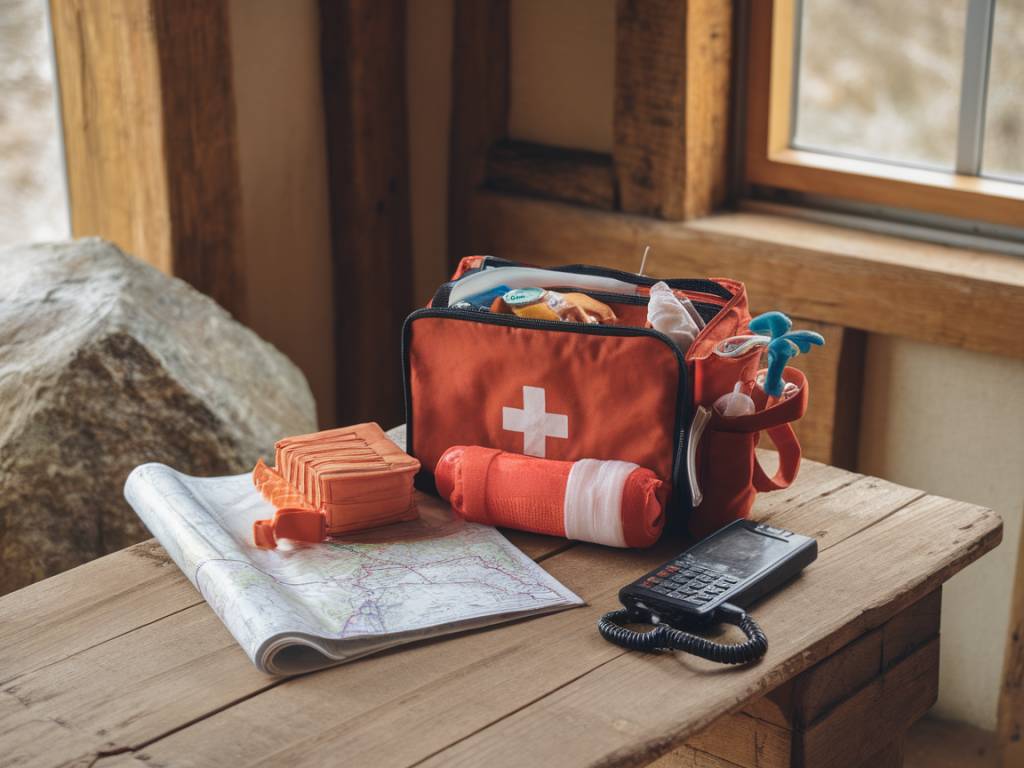 How to handle emergencies in remote locations
How to handle emergencies in remote locations 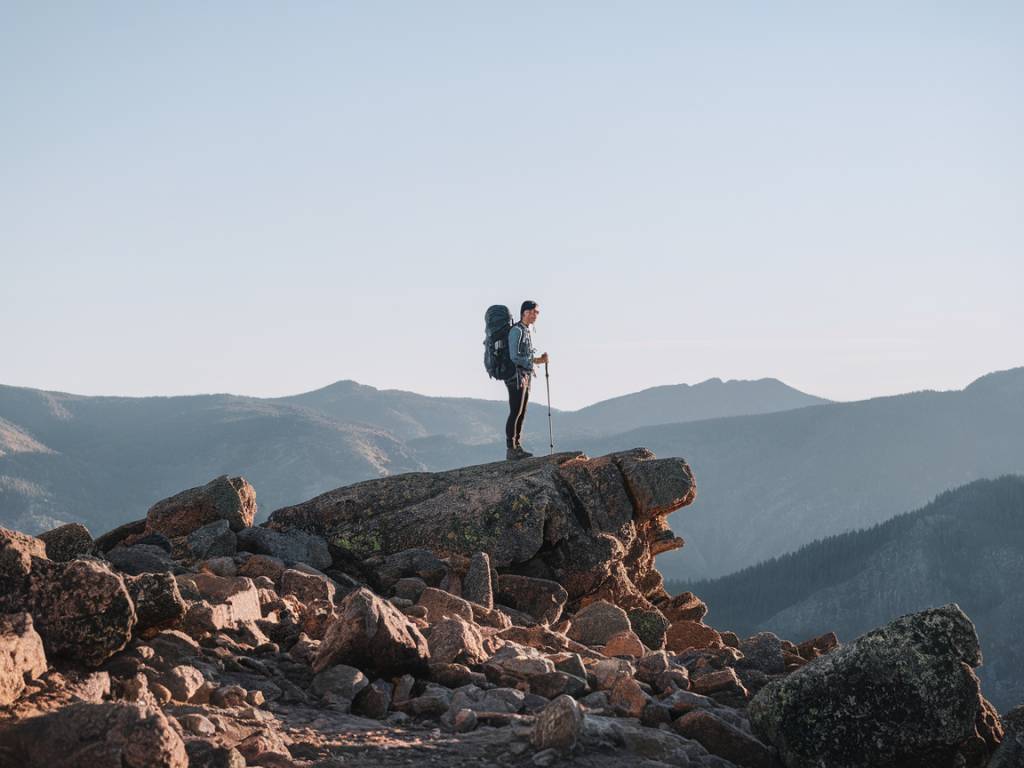 How to stay safe while solo hiking in remote areas
How to stay safe while solo hiking in remote areas 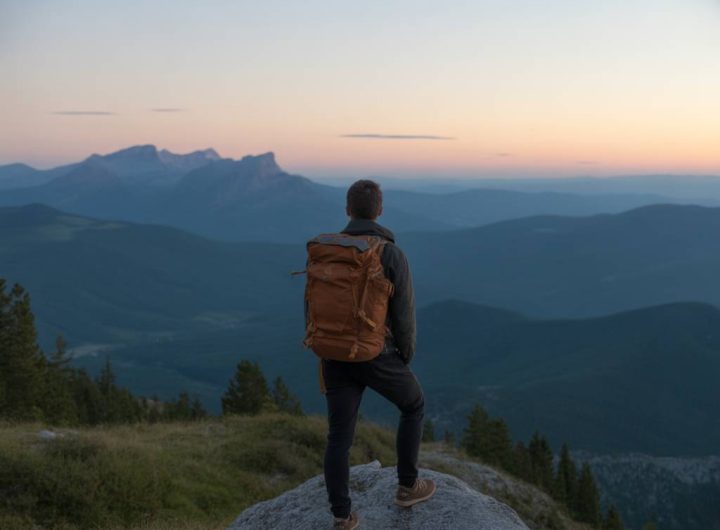 Microaventures près de chez vous : comment vivre l’aventure sans quitter votre région
Microaventures près de chez vous : comment vivre l’aventure sans quitter votre région 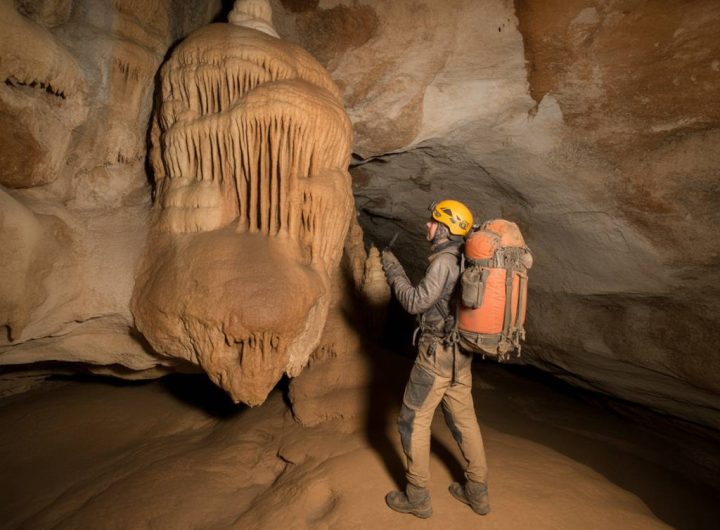 Caving Adventures: Exploring the World’s Most Fascinating Underground Destinations
Caving Adventures: Exploring the World’s Most Fascinating Underground Destinations 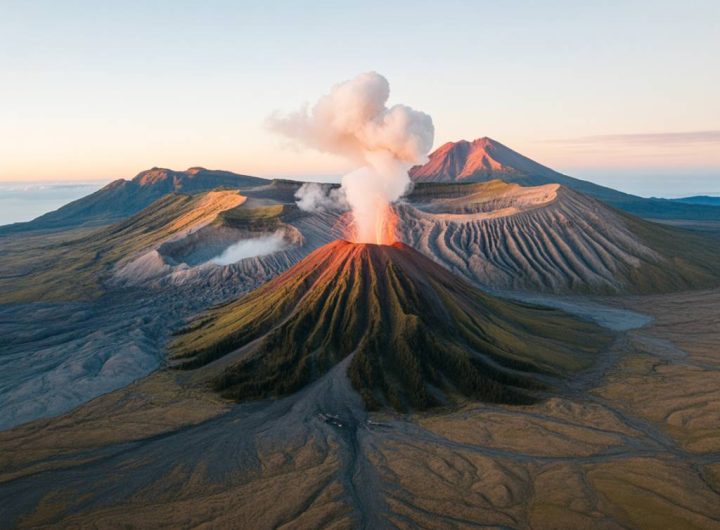 Exploring Volcanic Landscapes: Top Adventure Destinations Around Active Volcanoes
Exploring Volcanic Landscapes: Top Adventure Destinations Around Active Volcanoes 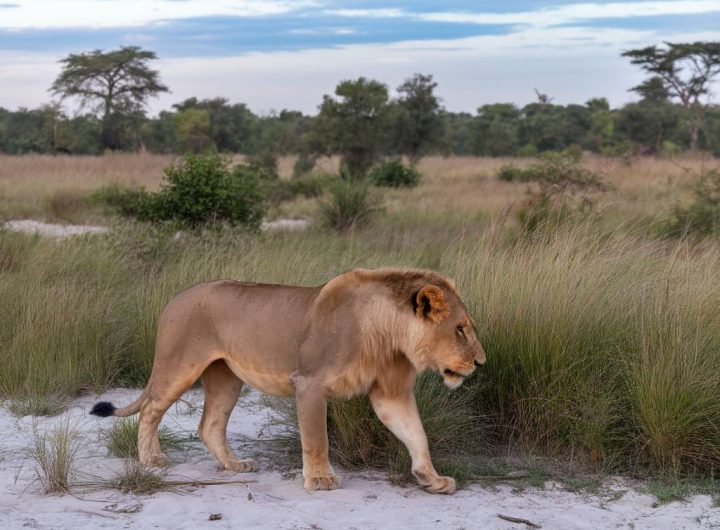 Best African safari destinations: top 5 experiences in Africa
Best African safari destinations: top 5 experiences in Africa